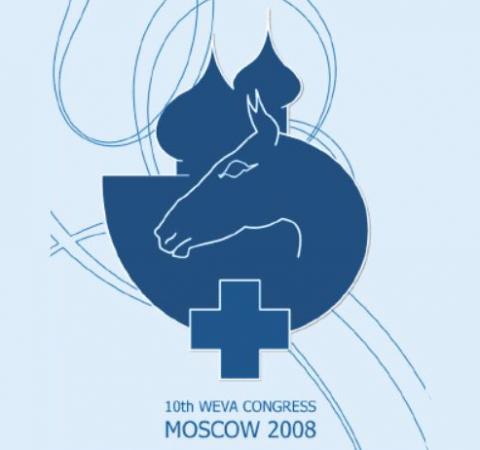Get access to all handy features included in the IVIS website
- Get unlimited access to books, proceedings and journals.
- Get access to a global catalogue of meetings, on-site and online courses, webinars and educational videos.
- Bookmark your favorite articles in My Library for future reading.
- Save future meetings and courses in My Calendar and My e-Learning.
- Ask authors questions and read what others have to say.
Management of the Breeding Stallion
Get access to all handy features included in the IVIS website
- Get unlimited access to books, proceedings and journals.
- Get access to a global catalogue of meetings, on-site and online courses, webinars and educational videos.
- Bookmark your favorite articles in My Library for future reading.
- Save future meetings and courses in My Calendar and My e-Learning.
- Ask authors questions and read what others have to say.
Read
Introduction
Evaluation of the reproductive system in a stallion for a fertility examination should assess whether he has the physical and mental faculties necessary to deliver semen containing viable spermatozoa and no infectious disease to the mare's reproductive tract at the proper time to ensure establishment of pregnancy in a reasonable number of mares mated per season. The evaluation needs to assess libido, mating ability, any congenital defects that may be transmissible to offspring as well as quality of semen ejaculated. The results of the examination should be recorded in a systematic and accurate manner.
Identification
Accurate and detailed identification of any stallion which is the subject of a fertility examination is vital. Name, age, breed and the colour and markings should be checked against a passport. This description should be included in the report.
History
As detailed a history as possible should be collated. Historical information important to a fertility examination includes his breeding, present use (performance, racing or breeding) results of previous fertility examination, body condition, illnesses, injuries, any drugs administered and vaccinations. Important historical reproductive information includes the number of mares mated each season, the number of pregnancies, the fertility of the mares he mated and the performance of any other stallions on the stud farm. If the stallion is an active breeding animal it is important to know the frequency with which he was being used and the last time he ejaculated.
The best measurement of a stallion’s fertility can be made by examining the pregnancy and foaling rate of a large number of mares bred to that stallion under optimal conditions. However, this is not always available and is in any case not available for some 9 to 12 months during which time his fertility can change.
Physical examination
Evaluation of the general body systems is an important part of the examination. Deficiencies in the general body systems such as lameness, breathing problems or impairment of sight can affect fertility and use as a breeding stallion.
The stallion’s freedom of movement, general body condition and temperament should be noted. Any signs of lameness, muscle wastage or back problems should be recorded and any potentially heritable defects such as cryptorchidism, parrot mouth or wobbler syndrome noted. It is important to note any heart abnormalities. [...]
Get access to all handy features included in the IVIS website
- Get unlimited access to books, proceedings and journals.
- Get access to a global catalogue of meetings, on-site and online courses, webinars and educational videos.
- Bookmark your favorite articles in My Library for future reading.
- Save future meetings and courses in My Calendar and My e-Learning.
- Ask authors questions and read what others have to say.




Comments (0)
Ask the author
0 comments